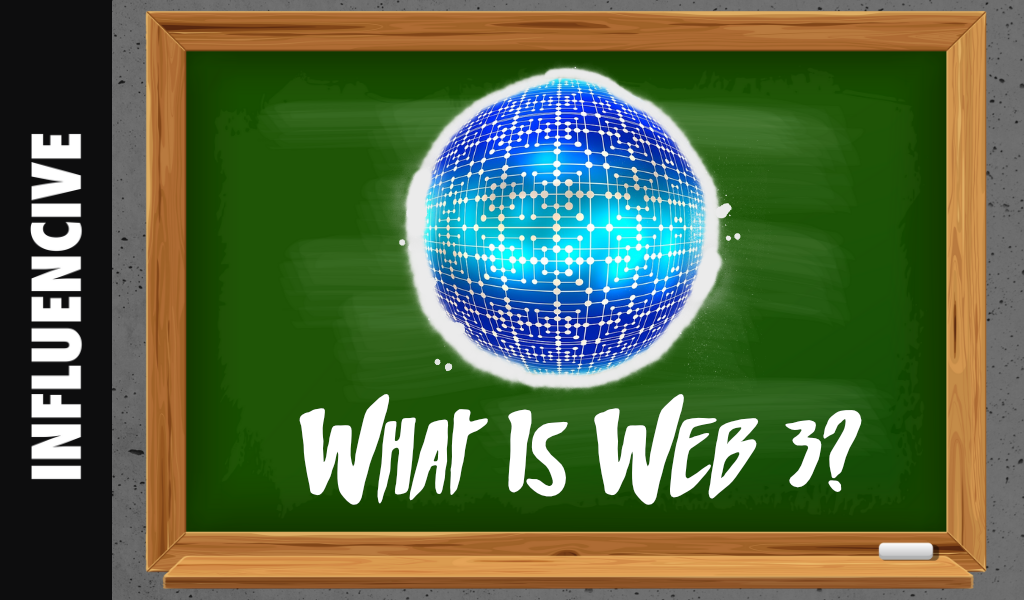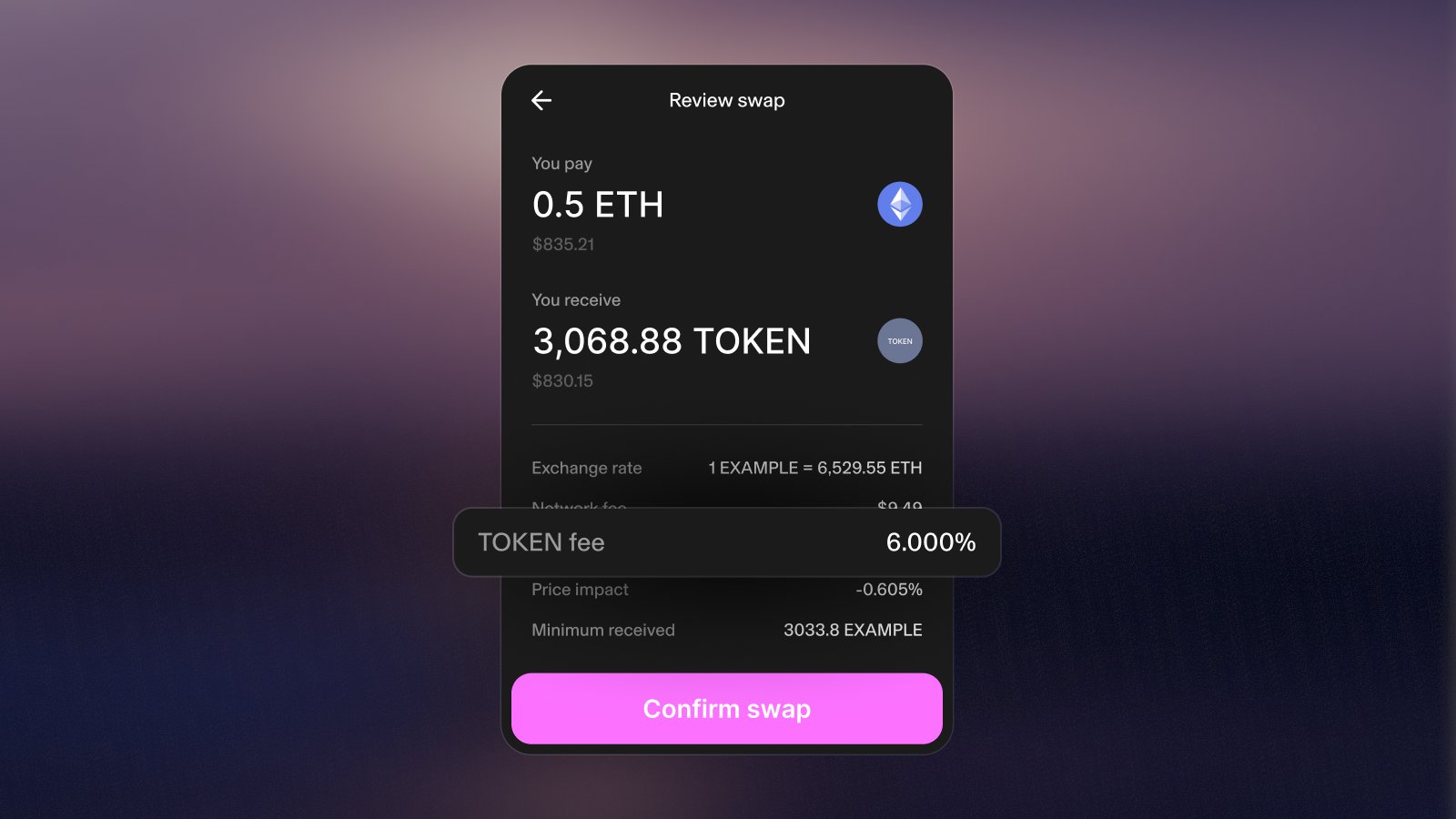From the early days of static web pages, to the current era of social media and user-generated content, the internet has evolved rapidly in our lifetime. But there’s something new on the horizon called Web3, and it’s going to change how we use the internet in a big way.
What Is Web3?
Web3 represents a fundamental shift in the philosophy of the internet. Unlike its predecessors, Web3 is founded on the principles of decentralization, trustless and permissionless interaction, and the integration of artificial intelligence and machine learning. Let’s break down these concepts:
Advantages of Web3 over Web1 & Web2

Decentralization: Web1, also known as “the early web”, was a static information platform controlled by a small number of websites. Web2 introduced user-generated content and social media, but retained a high degree of centralization, leading to concerns about the influence of large tech companies.
Web3’s emphasis on decentralization empowers individuals by reducing the dominance of tech giants and sharing control among the users. This fosters a more democratic internet, where content and services are not dictated by a select few.
Trustlessness and Permissionlessness: Web3 challenges the reliance on trusted intermediaries. In Web1 and Web2, we trust things like banks to keep money safe, social media to keep our messages private, and search engines for fair results. Web3’s trustless and permissionless approach relies on code, reducing the potential for human error, bias, and censorship.
AI and Machine Learning: Web3 uses smart computer programs that learn and understand you. This makes your internet experience more personal and efficient. In Web2, personalization is mostly about showing you ads you might like. In Web3, AI can offer a tailor-made internet browsing experience, driven by user preferences and machine learning algorithms.
How To Access Web3

Accessing Web3 is becoming increasingly user-friendly, although it’s still in the early stages of development. To start exploring Web3, you’ll need a few things:
A Crypto Wallet: Most interactions in Web3 involve crypto payments. You’ll need a Web3 wallet to manage your digital assets. Start by installing a wallet such as MetaMask; you can check out our Web3 101 article on how to set up your MetaMask wallet for the first time here.
Learn About dApps: Decentralized applications are at the heart of Web3. These applications perform a wide range of functions, from finance and gaming, to interacting with NFT art marketplaces.
Secure Your Private Keys: In Web3, you are responsible for your digital assets. It’s imperative to keep your seed phrases secure and offline to prevent unauthorized access to your funds, and invest in a cold storage device. Read on here on how you can keep up good security practices when navigating Web3.
What Can You Do IN Web3?
Decentralized Finance (DeFi): You can use Web3 to lend, borrow, and trade crypto and NFTs without needing traditional banks. You can also earn interest on your money via staking. Some CEXs offer staking services, so it’s advisable to get familiar with those first before diving into the DeFi options.
NFT Marketplaces: NFTs are digital collector’s items. You can buy, sell, and trade them. They represent ownership of art, music, and virtual land to name a few. The most popular marketplaces are OpenSea, Blur, and Magic Eden.
Gaming: Blockchain-based games offer true ownership of in-game assets and rewards.
Decentralized Identity: Take control of your online identity and personal data, deciding what to share and with whom. ENS is an example of a service which has made leaps and bounds in this area.
The Future Of Web3
The future of Web3 holds enormous potential, but it’s still in its infancy. The evolution from Web1 to Web2 was gradual, taking nearly a decade. Similarly, Web3’s transformative impact may take time to fully materialize. Here are some potential developments to watch for:
Mass Adoption: As Web3 technologies become more user-friendly, a wider audience will embrace this new internet paradigm.
Blockchain Integration: Expect blockchain’s influence to extend beyond crypto and into supply chain management, voting systems, and more.
Decentralized Web Services: Web3 may bring forth decentralized alternatives to popular web services. These will likely gain traction as more people opt out of the restrictive and data-harvesting heavy Web2 platforms we use today.
Challenges: Along with the advantages, Web3 presents new challenges, including concerns about security, scalability, and regulation. These have been hot topics in the mainstream sporadically, but will garner more attention as Web3 becomes more widely accepted.
Opinions expressed here are opinions of the Author. Influencive does not endorse or review brands mentioned; does not and cannot investigate relationships with brands, products, and people mentioned and is up to the Author to disclose. Accounts and articles may be professional fee-based.


